A head torch should be a permanent accessory in your hiking backpack, living in an easy access pocket basically 24/7. Assuming that a head torch is only necessary if you intend to walk in the dark is a recipe for disaster: an unplanned event or emergency could see the night drawing in long before you're off the hill. It's one of the things, next to a waterproof jacket and a water bottle, that we're never out and about without.
Of course, if you're camping then a head torch is even more critical. Pitching a tent, cooking a meal, or simply finding your way out of your sleeping bag to go for a midnight pee are all much harder in with only a hand-held option, and your phone battery won't thank you for using the torch function constantly.

Head torches solve all of the above problems: they're a hands-free way to get stuff done in the dark, as well as being a crucial safety device for backcountry adventures. But, as usual with outdoor kit, the choice for buyers is overwhelming, with products ranging from £5-£200 and God knows how many lumens, alongside a myriad of different light functions. So, to help illuminate things a little, here's our buyer's guide to head torches - from battery life, to lumens, to weight, to price and build quality.
Brightness and beam distance: how many lumens do I need?
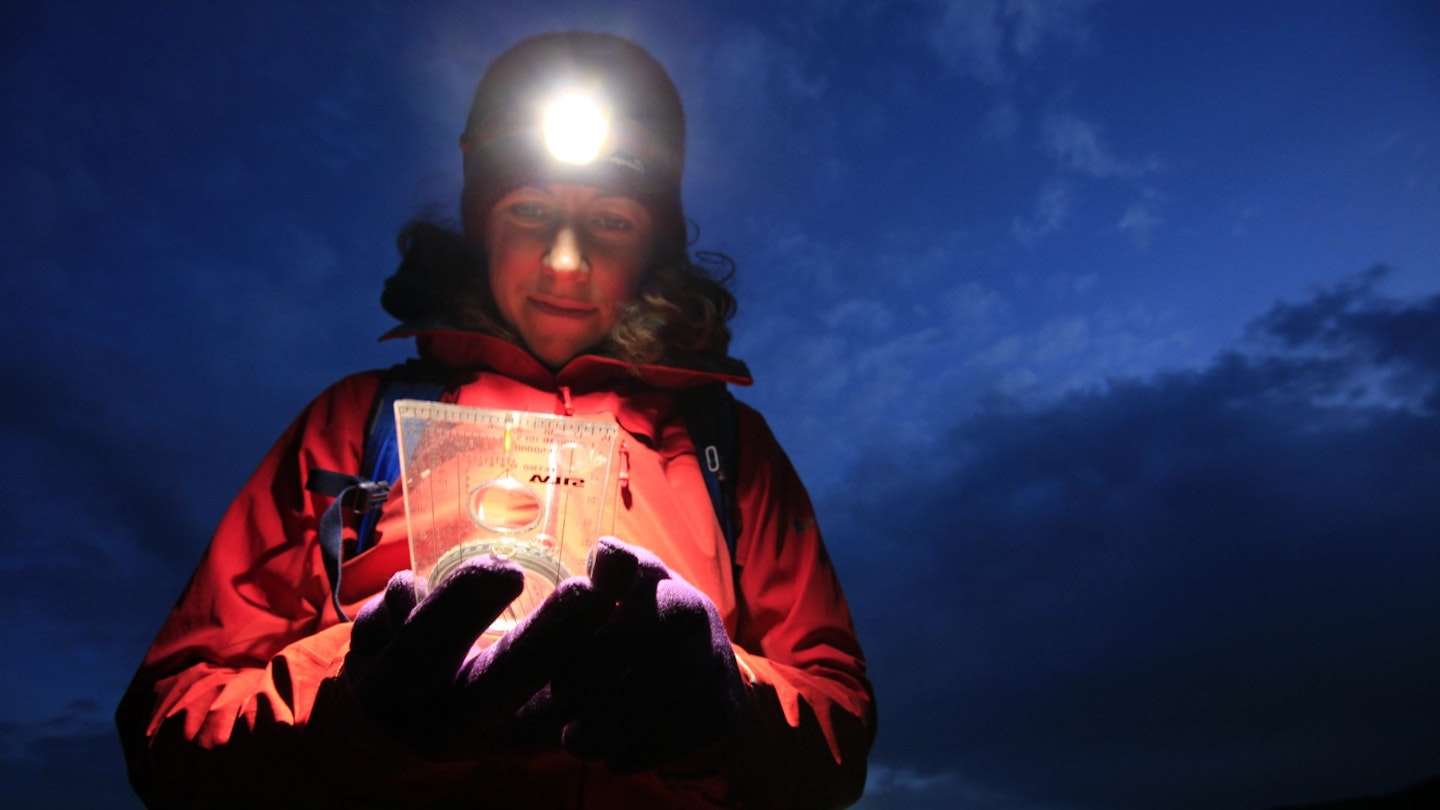
The brightness of a head torch, measured in lumens, determines how well you can see in various conditions. A higher lumen count means a brighter light, but it also usually means a shorter battery life when used at full power for prolonged periods. For general camping, a headtorch with 100-300 lumens is typically sufficient, but for activities like sunset skiing, night walking or after dark mountain biking, you'll want to use something with above 300 lumens. Bright head torches are usually dimmable for use in tents or more enclosed spaces.
Beam distance, which determines how far the light can reach, is also important for these sorts of activities. A longer beam distance is beneficial for spotting trail markers in the dark, but a wide pool of light will show up any obstacles (or wandering sheep) to the sides of the path before you can trip over them. Many modern head torches have adjustable settings so you can choose whether your beam of light is focused or emits more of a lantern-like spread.
Battery life and power sources
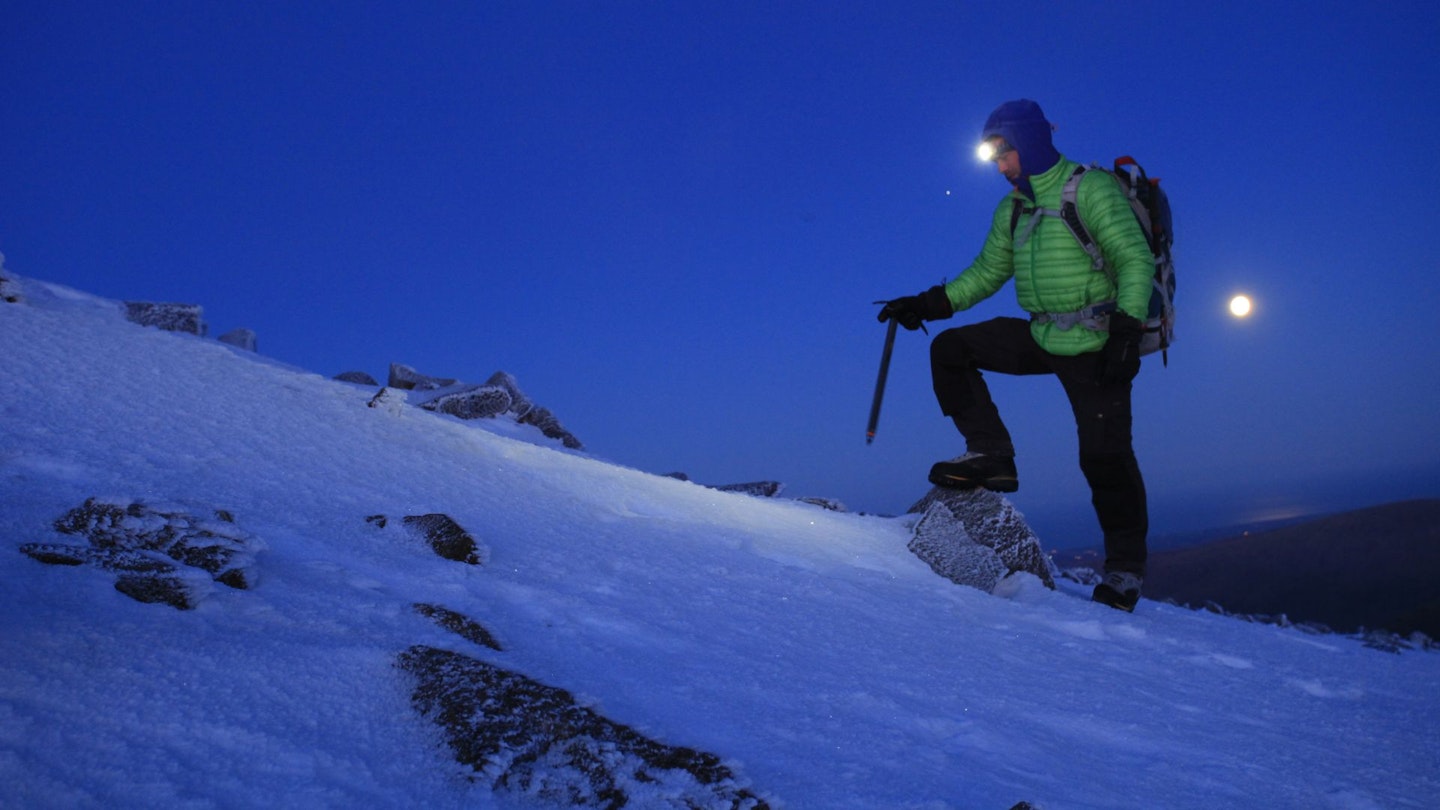
Battery life is a critical factor, especially for extended trips. Look for head torches that offer a balance between brightness and battery longevity, but always carry spare batteries in a waterproof sandwich bag if your head torch takes them.
On that topic, rechargeable head torches are more environmentally friendly and cost-effective in the long run but require access to a power source when they start to dim. This can be solved by bringing a powerbank or bring two head torches instead, the second of which should weigh a lot less than your average battery pack.
Weight and comfort
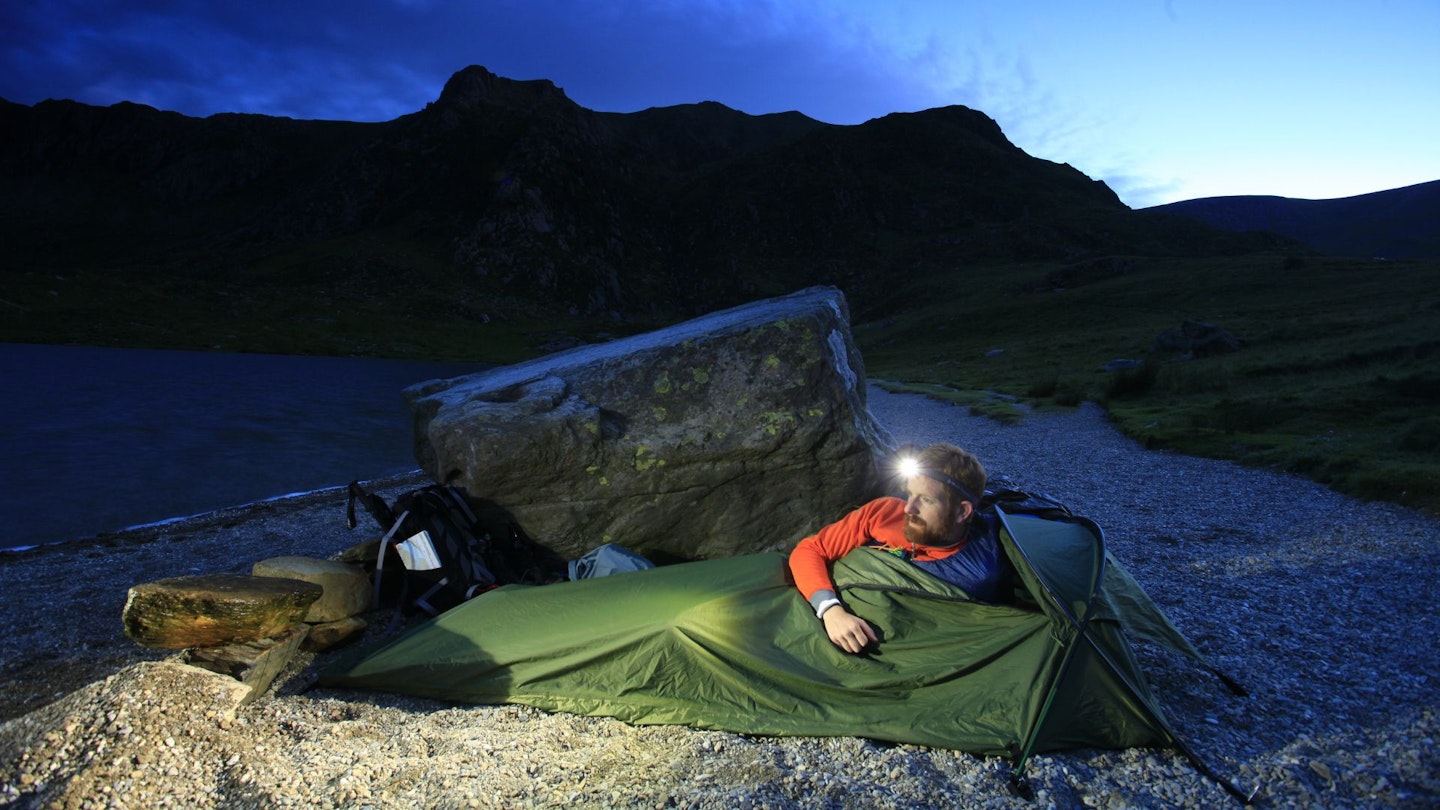
Head torches come in a wide range of weights, with a different strap configurations depending on the activity they're used for. If you want a secure head torch for vigorous activity periods such as trail running, choosing one with lateral strap for better weight distribution and security is a good idea.
Often the brightest head torches will have a battery pack on the back of the head; these torches have a huge advantage of being super bright, long-lasting and often reasonably lightweight - but often they're more expensive. Standard models with a single strap and the torch and battery in one singular housing unit are usually fine for most campsite activities, but always look for adjustable, elastic headbands. Padding on the torch itself is often a good idea too.
Waterproofing and ingress protection

Camping often exposes you to varying weather conditions, so a waterproof or water-resistant head torch is essential. Look for an IP (ingress protection) rating, which indicates the level of water resistance.
On these ratings, IP is followed by two digits. The first indicates protection from solid matter (e.g., dust) and ranges from one to six; the second indicates protection from liquids (e.g., water) and ranges from one to nine. If the device isn't rated for one of these, instead of a number, there will be an 'X'.
So, a device with an IP rating of IP69 is pretty impregnable, but you don't need a head torch with the highest IP rating. We'd suggest IPX4 as a baseline. IPX4 is reliably water resistant against splashes, while an IPX7 or IP67 rating means it can be submerged in water up to one metre deep for 30 minutes. In general, the more you pay for a head torch, the better its resistance to water ingress will be.
Modes and features
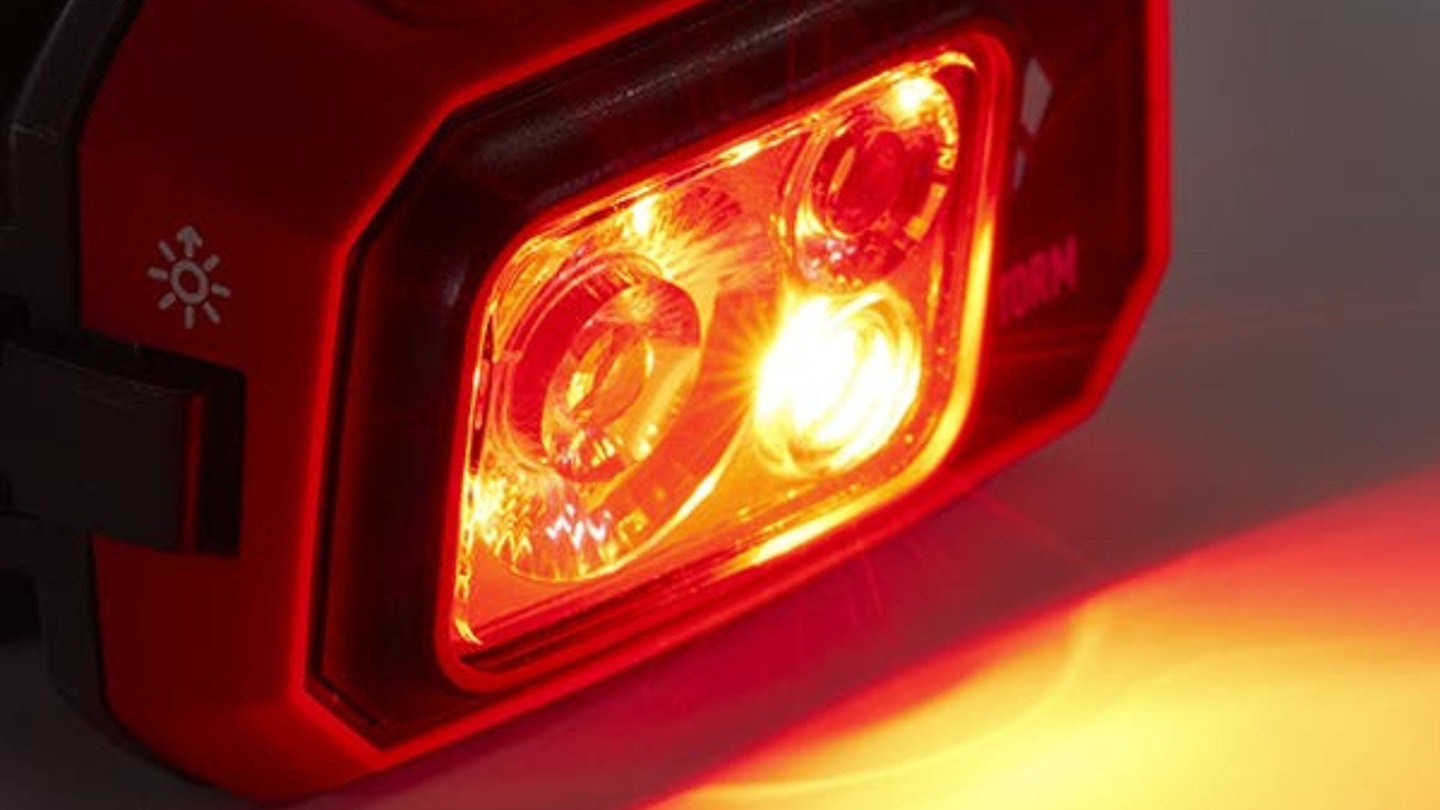
Modern head torches come with various modes, including different brightness levels, strobe, and red light. Red and green lights preserves night vision and are less likely to disturb fellow campers - we find them especially useful for doing nighttime crosswords without disturbing your tentmates. Strobe functions are useful for turning a bothy into a rave-den, but also offers a safety feature if you need to attract attention during the night to be seen by a helicopter or rescue party.
Other features can include a lock mode to prevent accidental activation in your pack, which can befall even the most careful of campers (another reason for taking a spare head torch and spare batteries wherever you go). Tilt functionality allows you to adjust the beam angle, which is essential for directing light where you need it most - point it down if you're having a conversation with someone so not to blind them. Some head torches, specifically ones from Petzel, come with an opaque carry bag which also functions as a lantern, distributing light evenly in a tent or shelter.
Build quality and durability

As ever, you get what you pay for when it comes to head torches - whenever we've opened a cheap one from budget retailers, we've noticed a mismatch in injection moulding, loose batteries in the casing, and general flimsiness straight out of the packet.
Look for models with flush joins in the casing, toughened perspex for the bulb housing, hard plastic buttons rather than rubber-covered sliders, and a comprehensive attachment between the torch and the headband, like the Biolite one pictured. There's nothing worse than your torch falling off your face when trying to pitch a tent.
Price and value

Head torches come in a wide range of prices, from budget-friendly options to high-end models. Usually, investing a bit more in a reliable, well-featured headtorch can provide better value in the long run, especially if you camp frequently or in challenging environments. We wouldn't recommend buying any head-torch with an RRP of less than £20, as it won't last, either in terms of battery or build quality.
Best head torch brands

Brands known for quality head torches include Petzl, Black Diamond and Fenix - there are lots of options in terms of price, weight and brightness within their ranges. The Black Diamond Storm and models from other brands such as Alpkit have proven to be a good bet when it comes to decent, mid-range head torches, but if you're looking for value for money, anything from Decathlon's FORCLAZ range which has a rating of above 120 lumens is a good budget bet.
Summary
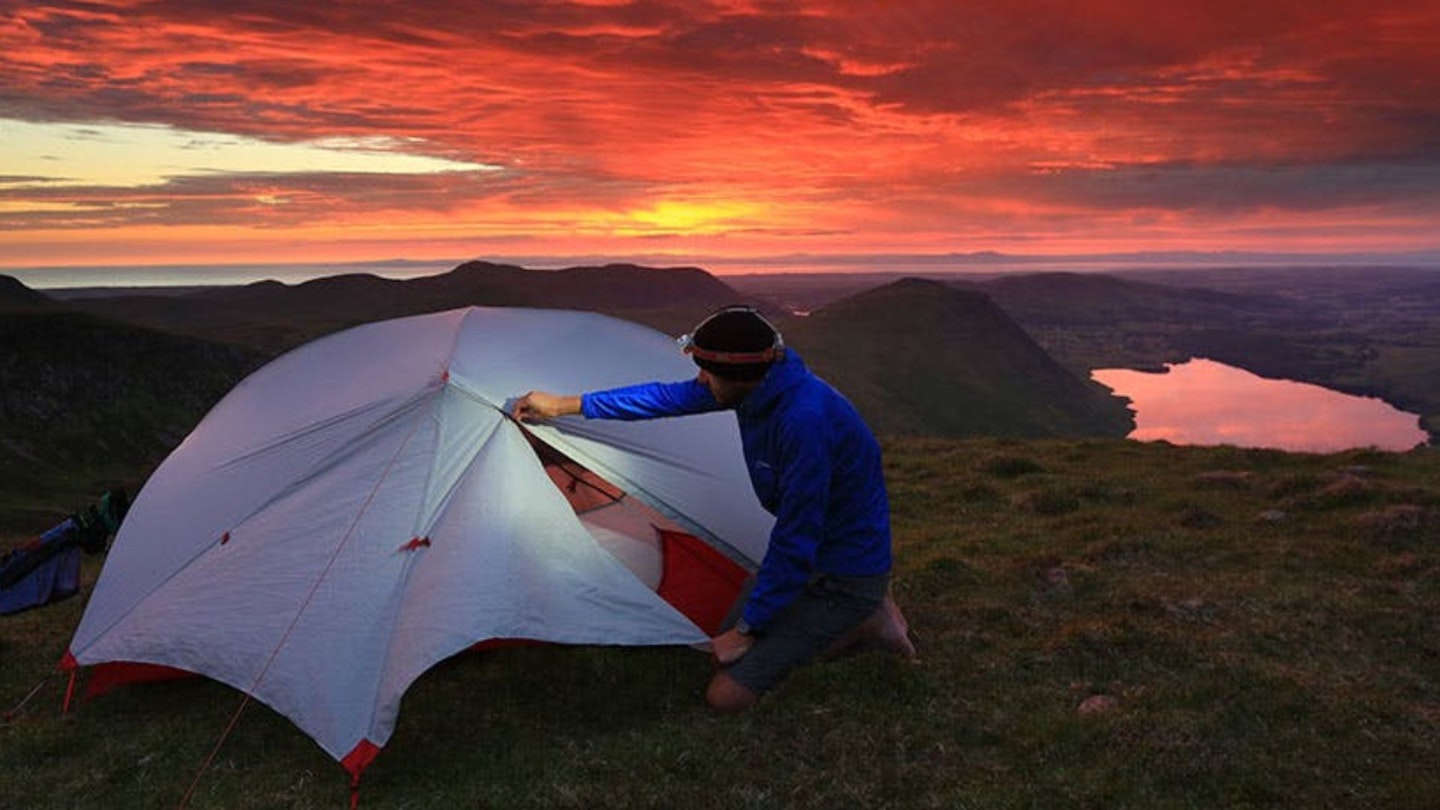
Choosing the right camping head torch involves considering various factors, including brightness, battery life, comfort, weather resistance, features, build quality, price, and brand reputation. However, by sitting down and understanding understanding your specific needs first, you'll have the best chance of finding the ideal option for you.
About the author
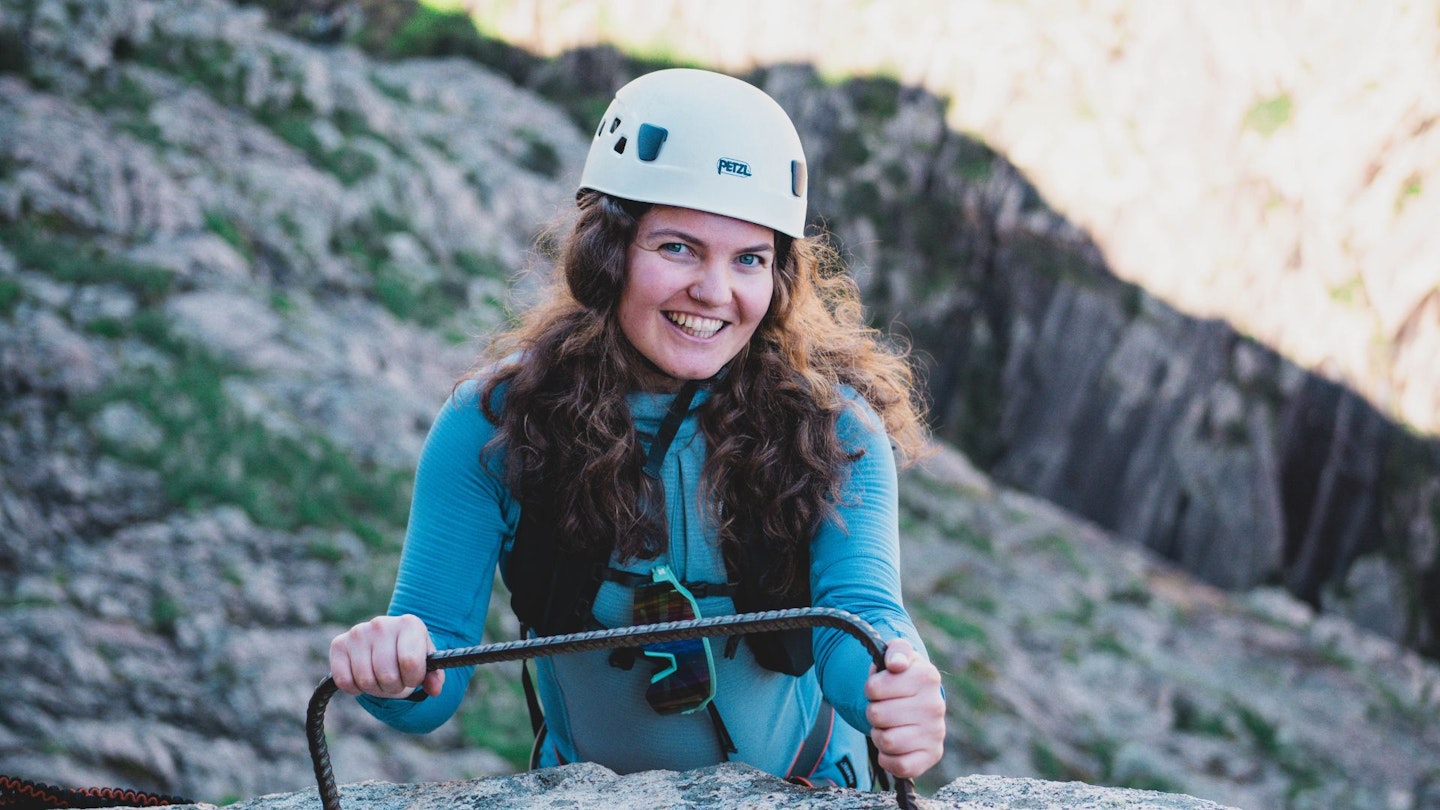
Fliss Freeborn is a writer for LFTO and is never happier while camping out and about in her adopted homeland of Scotland. She has gone through approximately 20 head torches during her outdoor career, so knows exactly what to look for when it comes to buying the very best.
